Design has a critical role to play in how waste is disposed of throughout the life cycle of a building. It’s important to pay attention to how much waste is generated, and how it is disposed of at the beginning and the end of a building life cycle. It’s just as critical to consider how waste is managed inside a building during the decades of its lifetime.
As a country, New Zealand is one of the highest waste generating nations per capita in the world. New Zealanders also send a high proportion of waste to landfill, and the recycling rate is low compared to most developed countries. New Zealand’s recycling rate is somewhere between 28% and 43%, whereas other countries like Germany and South Korea have recycling rates up to 63%.
While central and local government are putting plans in place to reduce waste and increase recycling, they have limited control of the behaviours that occur within a home or office. Building consents for apartments now require there to be allocated space for wheelie bins outside the apartment block, but there is no formal requirement about what is inside the apartment to make waste separation easy.
In residential buildings, the majority of household waste passes through the kitchen. In commercial offices, a large amount of waste also passes through the staff kitchen. It is critical to have good interior design that will enable good end-user behaviours during use. A good waste management system will be convenient and easy to use for the end-user. This has the potential to increase recycling and reduce waste going to landfill.
For example, a lot of waste that is currently being thrown in rubbish bins could be diverted. The Tauranga council reported in 2018 that 66% of what was thrown in rubbish bags or wheelie bins (measured by weight, not volume) could be diverted away from landfills — 48% was compostable waste and 17% was recyclable. It’s a similar case in Auckland — 32,000 tonnes of waste that could have been recycled was sent to landfill over the past two years.
There is a range of reasons for poor waste behaviours. Often there is confusion about what can and cannot be recycled, and individual councils have different requirements about the way they will accept certain types of recycling. There are also issues around cross-contamination with co-mingled recycling. Poorly designed and inconvenient waste systems also cause issues, and smart design can play a huge part in enabling better waste behaviours. Having a proper waste system that makes it easy for people to sort waste should not be underestimated.
To take the guesswork out of designing the right waste management solution for different projects, Hideaway Bins, the NZ designers and manufacturers of innovative hidden storage solutions, have developed a new Waste Management Guide. It includes a guide to selecting the correct size and number of waste buckets, and where to best place them within an interior project.
To get an electronic or hard copy of the Waste Management Guide, please contact Hideaway Bins on [email protected]













 New Products
New Products


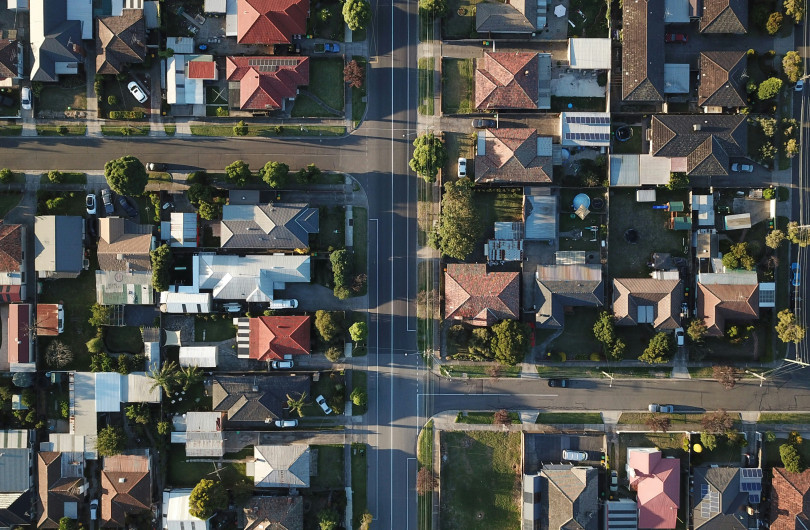

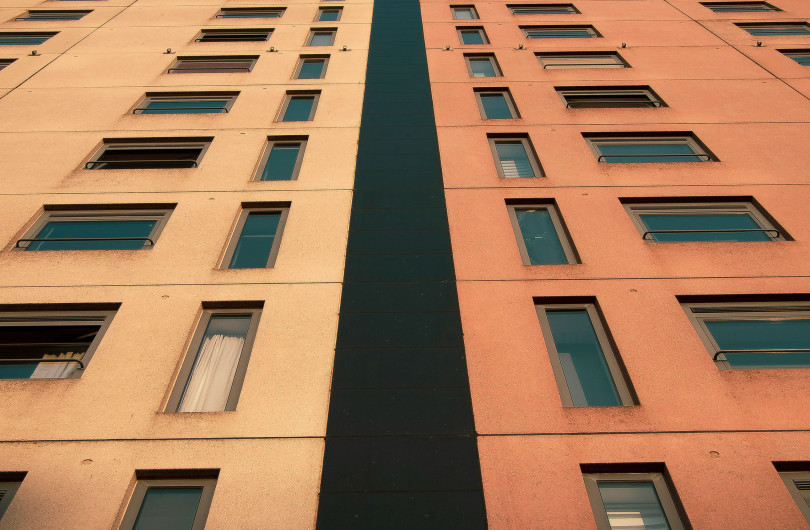

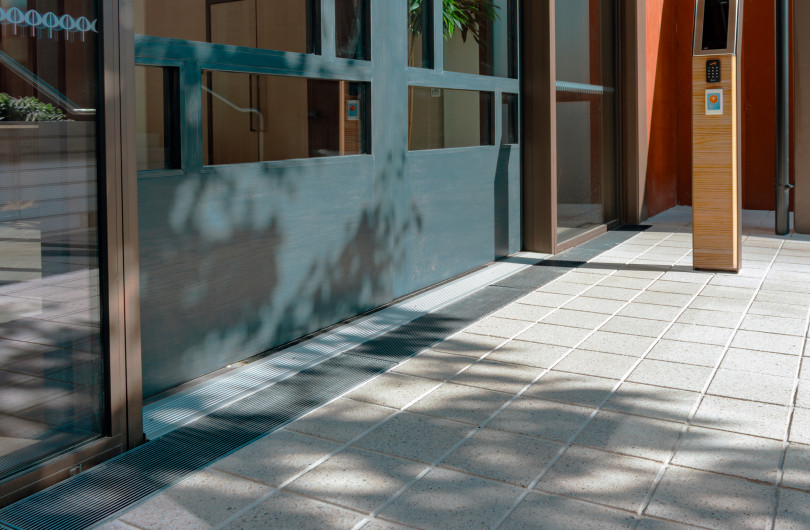


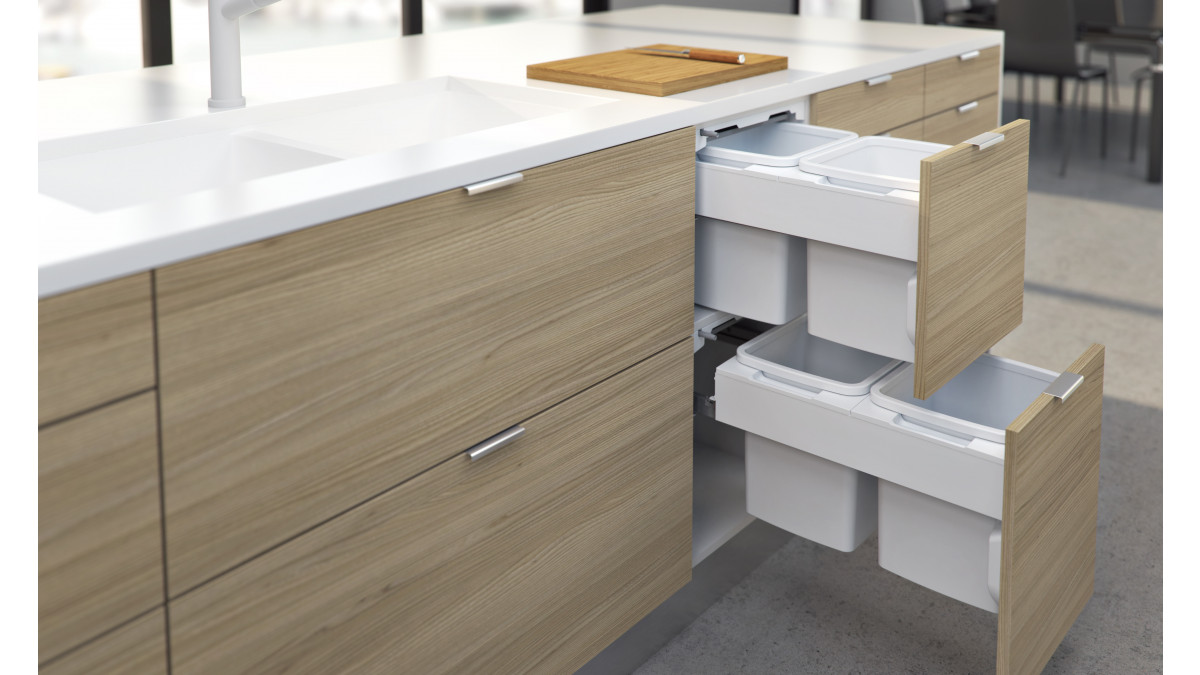
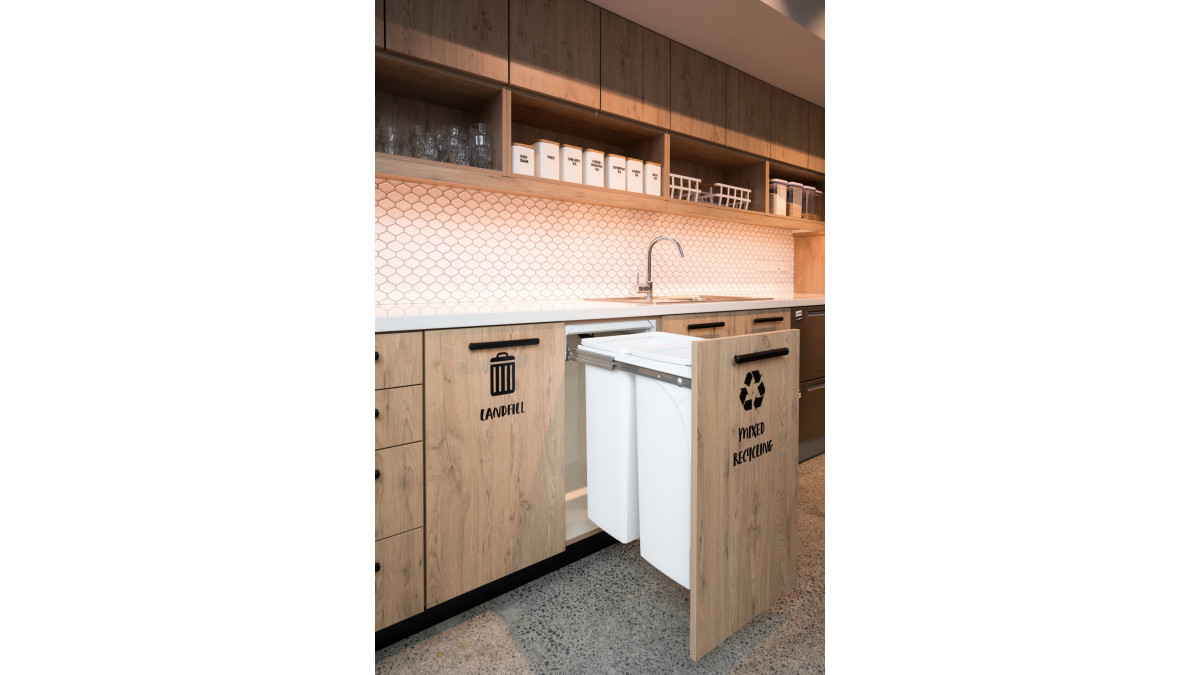


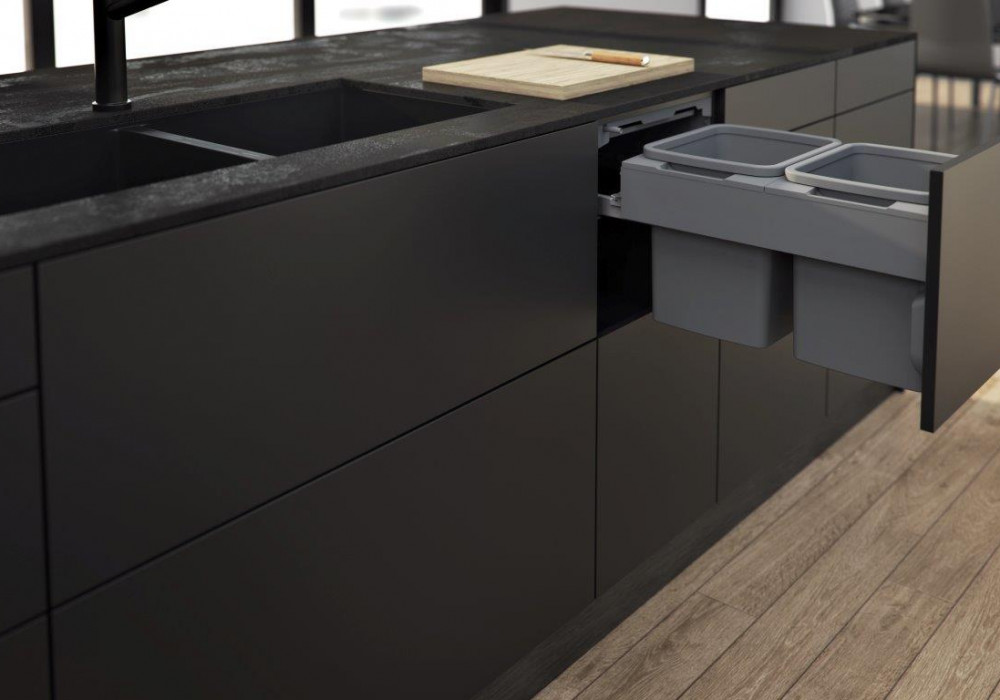
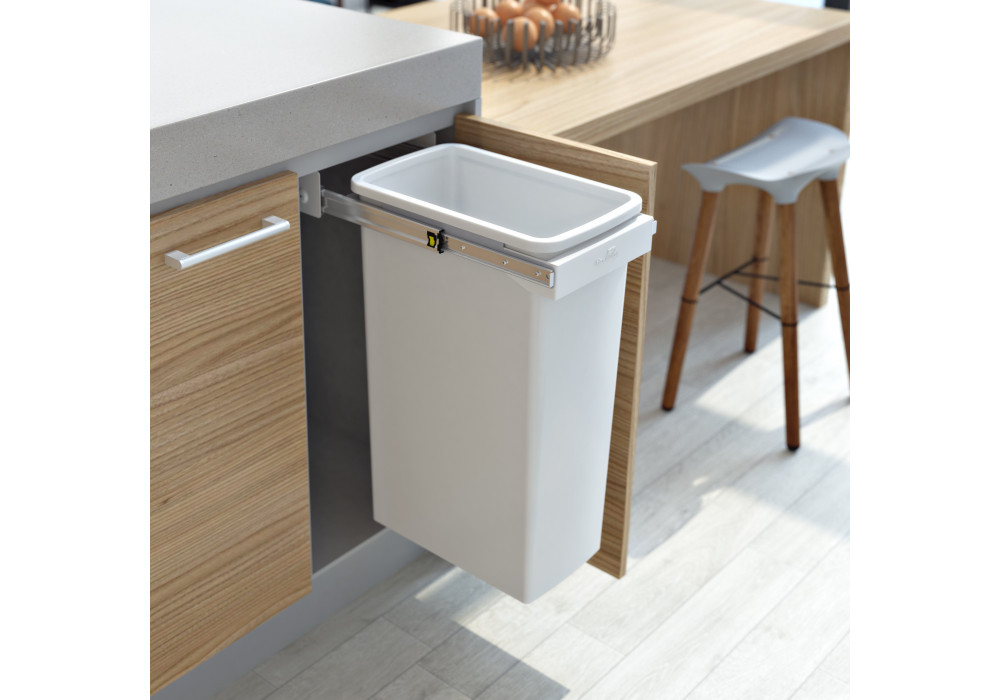

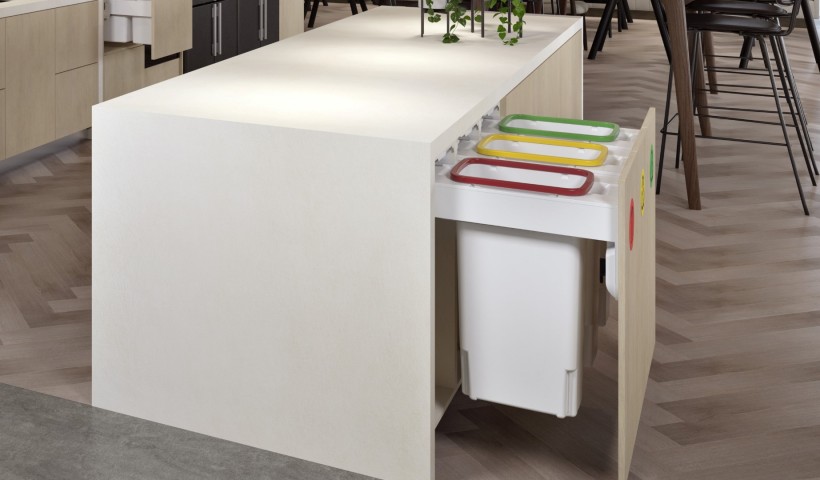
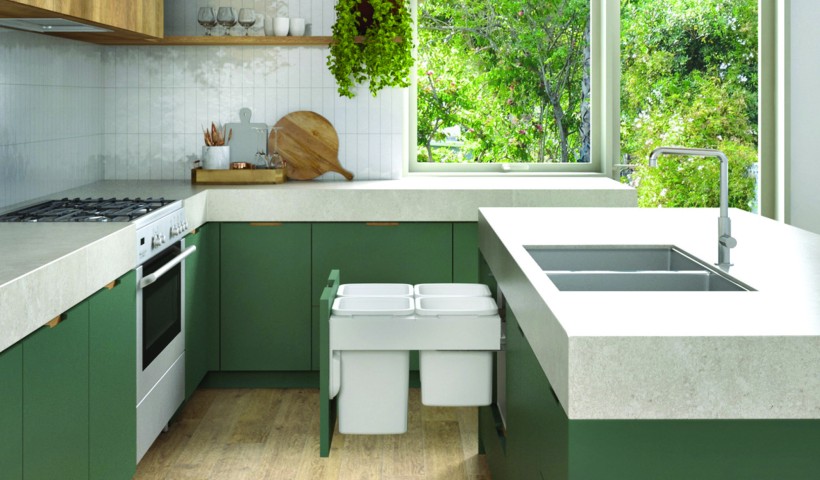
 Popular Products from Hideaway Bins
Popular Products from Hideaway Bins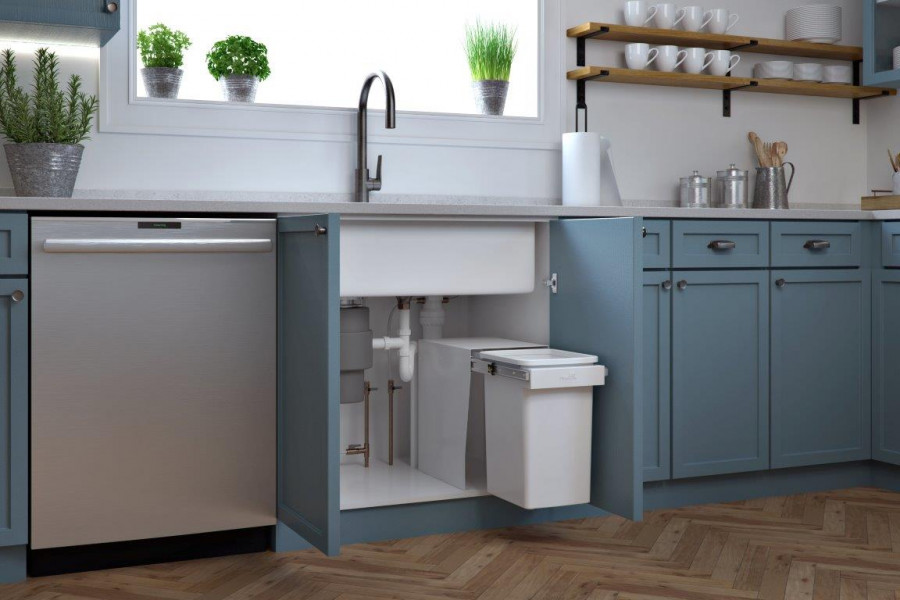


 Most Popular
Most Popular


 Popular Blog Posts
Popular Blog Posts
